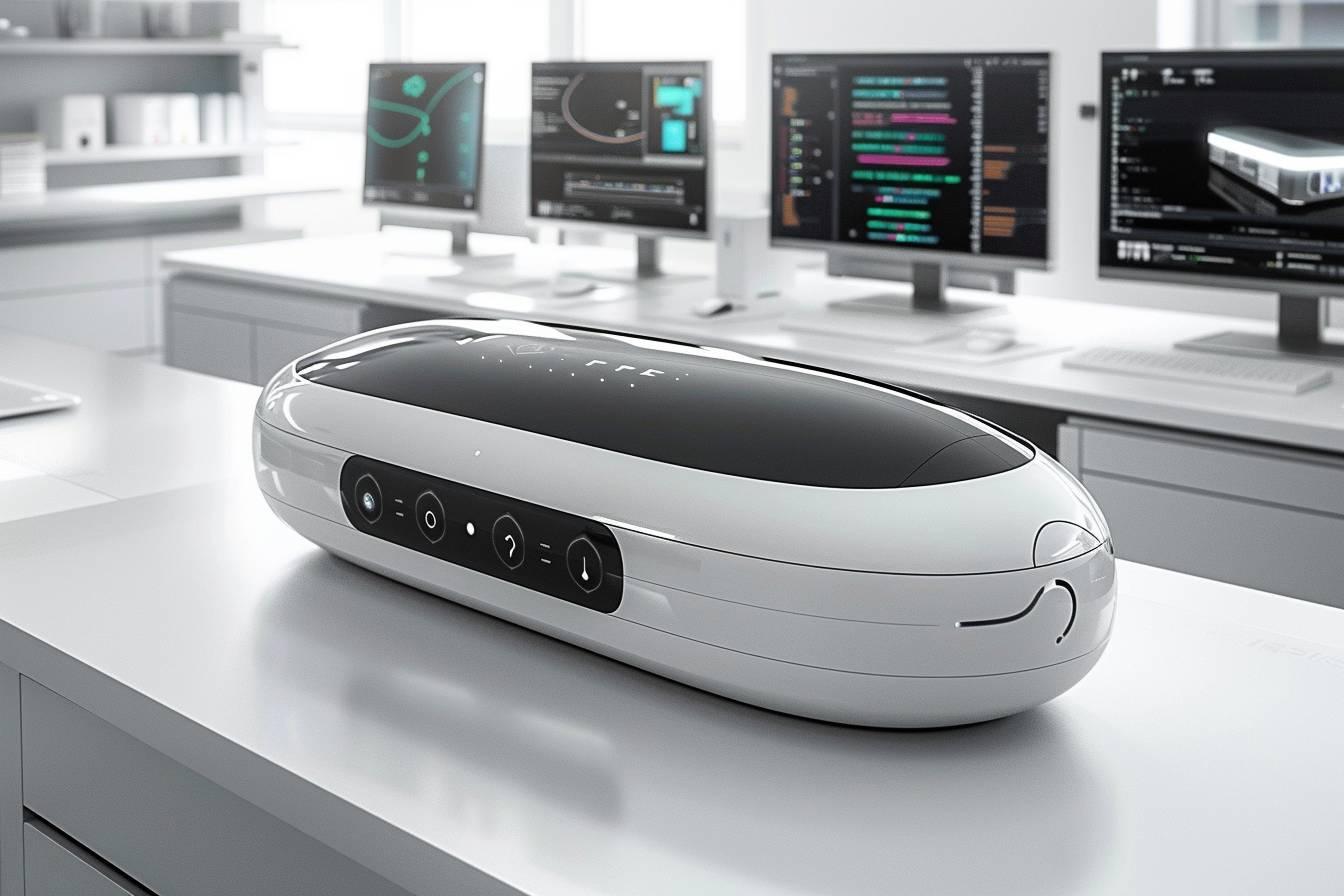The world of computer vision and voice recognition has taken a significant step forward with the Azure Kinect. This revolutionary 3D sensor offers developers unprecedented possibilities for creating innovative applications. Let’s delve into the interesting world of this device, which pushes back the boundaries of man-machine interaction.
The impressive capabilities of the Azure Kinect development kit
The Azure Kinect development kit is distinguished by its cutting-edge components. At the heart of the device is a one-megapixel Time-of-Flight (ToF) depth camera. This technology enables precise capture of distance information, essential for many 3D applications.
Audio is no exception, with an array of seven built-in microphones. This configuration offers excellent sound capture quality, ideal for advanced voice recognition applications. A 12-megapixel RGB camera completes the package, enabling high-resolution image capture.
The inertial measurement unit (IMU) adds a further dimension, providing data on the sensor’s orientation and movements. Together, these elements make Kinect Azure a versatile tool for ambitious developers.
Advanced features for developers
Kinect Azure is not just a sensor, it’s a true development platform. Its open-source SDK gives programmers full access to sensor data streams. This openness means greater flexibility in the creation of customized applications.
Key features include :
- Multiple skeleton tracking
- High-precision 3D capture
- Advanced voice recognition
These capabilities pave the way for innovative applications in fields as diverse as augmented reality, robotics and healthcare. The creative potential is virtually unlimited for developers who master this tool.

System configuration and compatibility
To take full advantage of Kinect Azure, certain technical requirements must be met. The device requires a compatible USB host controller, supplied by manufacturers such as Intel, Texas Instruments or Renesas. This may cause compatibility problems with some systems.
Here’s a table summarizing the items included in the kit:
| Component | Description |
|---|---|
| Azure Kinect camera | Main sensor |
| Support | For stable positioning |
| USB-A to USB-C cable | For computer connection |
| Power cable | For power supply |
It’s worth noting that the depth camera switches off automatically if data is not being used, a feature that optimizes energy consumption but may come as a surprise to first-time users.
Kinect Azure outlook and availability
Although Microsoft has announced the end of direct marketing of Kinect Azure, the technology remains accessible. Partners such as Analog Devices and SICK AG will continue to offer solutions based on this cutting-edge technology.
The price of $400 in the USA, China, the UK, Germany and Japan clearly positions the Kinect Azure as a professional tool. It is not aimed at consumers, but at developers and companies looking to innovate in the field of computer vision and speech recognition.
Availability of the SDK and associated tools may be limited by region. Interested developers should therefore keep abreast of the latest updates and official distribution channels to gain access to this revolutionary technology.
The evolution of Kinect Azure marks a turning point in 3D application development. Despite compatibility challenges and the end of its direct commercialization, its impact on the industry remains significant. The innovations it introduced will continue to influence the future of man-machine interaction, paving the way for ever more immersive and intuitive applications.


